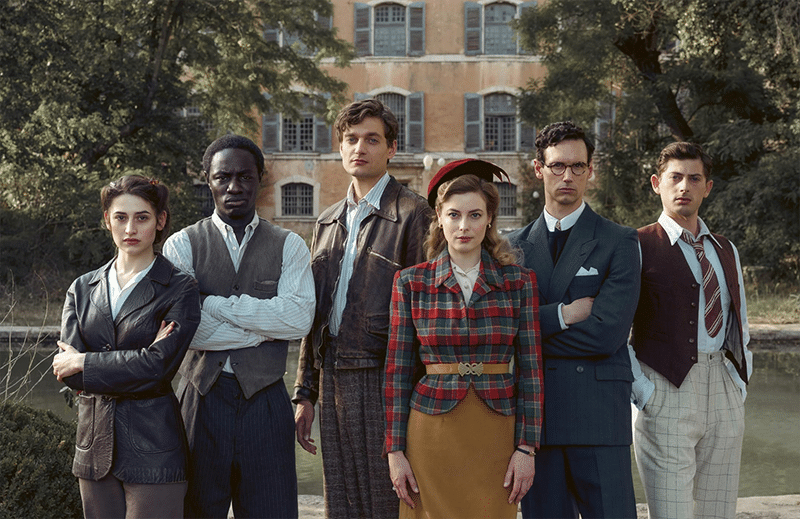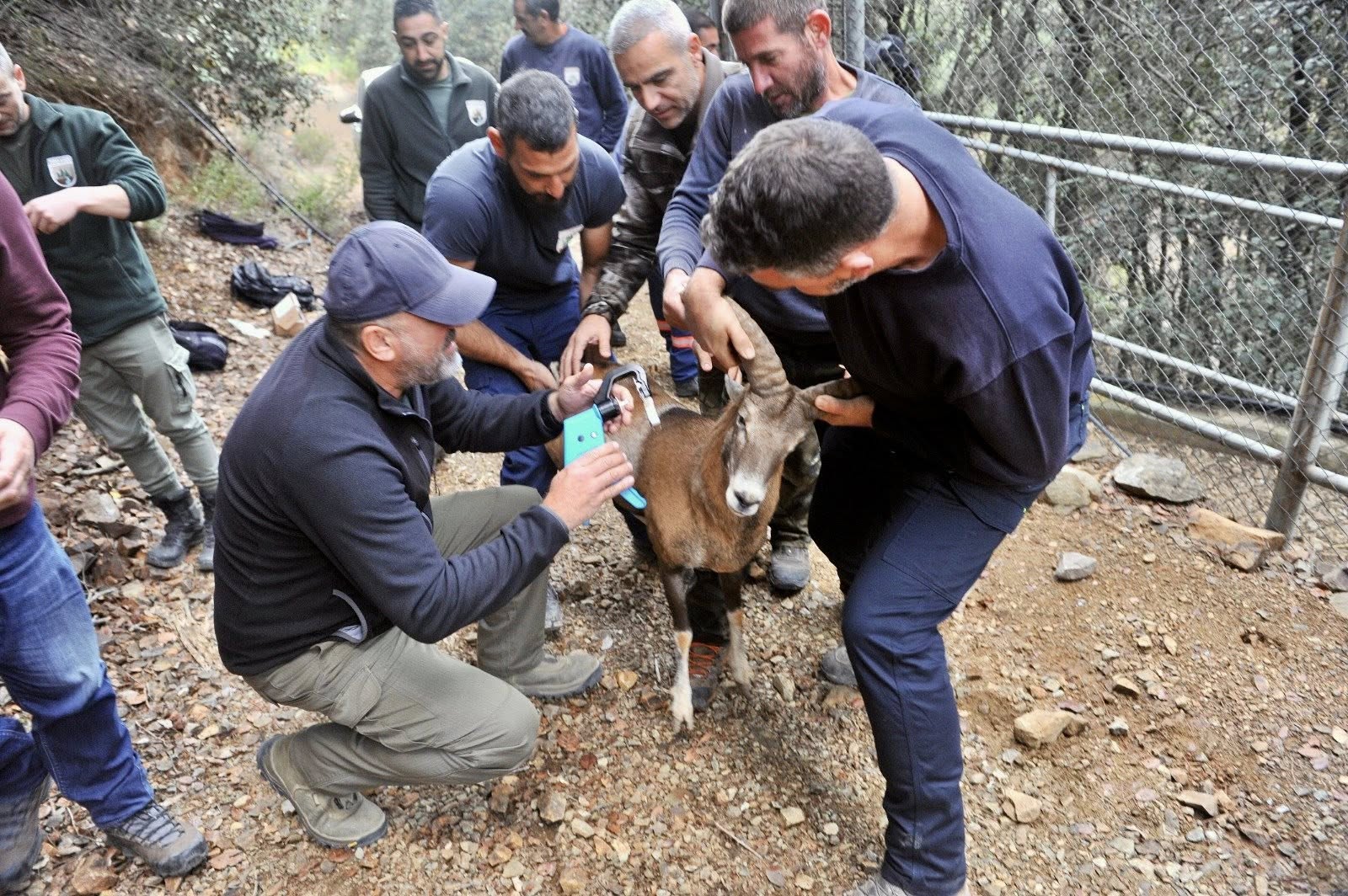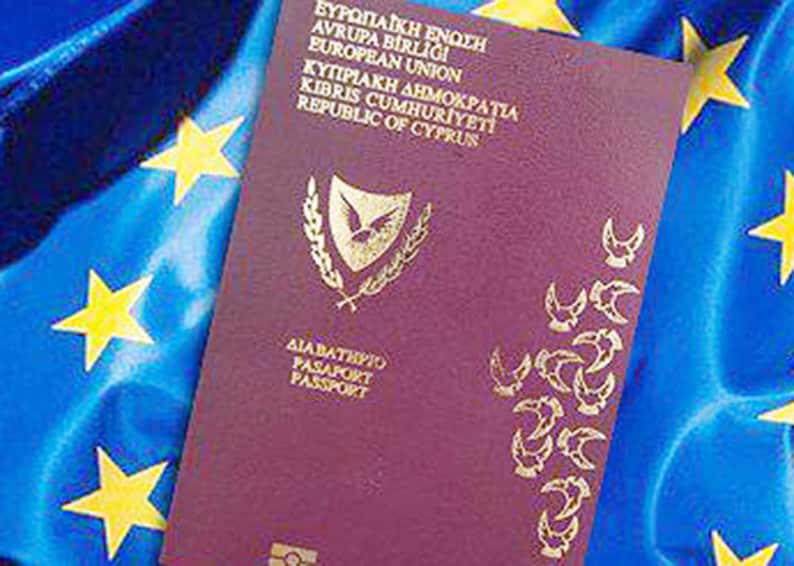If you’ve never heard of the story about rescuing Europe’s artists from the Nazis, this is it. The limited series on Netflix, Transatlantic, is inspired by the true story of American journalist Varian Fry and the Emergency Rescue Committee who spent a year in France between 1940 and 1941 trying to find safe passage to the US for more than 2000 refugees – mostly writers, philosophers and blacklisted artists. Yet Transatlantic is not your average WWII historical drama, it has a strange whimsical air to it, luring even non-wartime show fans like myself.
The show is written by Anna Winger, one of the writers of another popular Netflix show, Unorthodox. Transatlantic is almost as good as that and through seven 50-minute episodes, it shows the epic efforts of a group of people trying to beat the system and live freely. Based on the 2019 novel The Flight Portfolio by Julie Orringer, the series refers to well-known artists or scholars of the time who were saved by a group of people working out of an undercover office in a hotel in Marseille.
At times, it was hard to remember that the story is set during wartime when these elite artists live in a French chateau and throw the odd glamorous party yet the series also shows the elaborate efforts that Fry and the Committee had to endure to make their mission possible.
With the fear of being caught always present, the show explores forbidden loves, closeted desires, negotiations, double agents and all depicted against the beautiful backdrop of the French countryside and warm cinematography. It is a kind of an oxymoron when you think about what was happening around them at the time, but Transatlantic tells a story of war without the battle scenes we usually see. There’s plenty of suspense and heartache, death and loss and even though Transatlantic is a more glamorous depiction than the reality of the story would have been, it is still a fascinating story of strangers helping each other survive.







Click here to change your cookie preferences